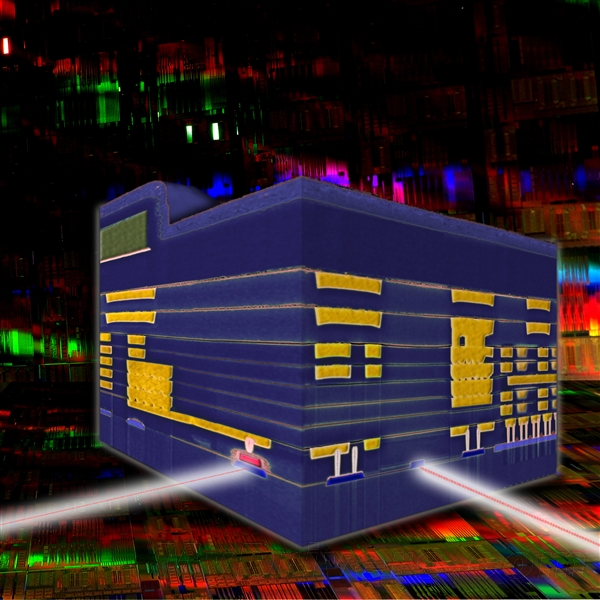IBM, which has unrivalled scientific research capabilities, today announced a major breakthrough in the replacement of optical signals with optical signals for information transmission. After more than a decade of research and development, Silicon Nanophotonics has finally used a process below 100nm to integrate multiple different optical components and electronic circuits within a single silicon chip, paving the way for commercial use. .
Silicon nanophotonics mainly use optical pulses for communication, and can transmit super-large-capacity data at ultra-fast speeds. It is ideally suited for high-performance computing such as servers, data centers, and supercomputers, and solves the bandwidth bottleneck and high cost of traditional interconnection methods.
IBM's research on optical interconnect technology has continued for more than a decade, and in 2010 it proposed the concept of "CMOS integrated silicon nanophotonics" and achieved a major breakthrough in optical interconnect technology. Now, IBM has solved the most critical obstacle to commercializing this technology.
IBM has added a new processing module to the high-performance 90nm CMOS manufacturing process. Wavelength-division multiplexing (WDM), regulators, photodetectors and many other silicon nanophotonic elements are integrated with CMOS electronic circuits. In this way, single-chip optical interconnect transceivers can be manufactured using standard processes within traditional semiconductor fabs, which can provide significant cost savings over traditional ideas.
Regarding the question raised by another industry giant Intel, IBM's new breakthrough has also made a strong counterattack and there will be no fear of Intel's concerns about manufacturing technology complications.

This is the structure diagram of IBM 90nm silicon nanophotonics. The red block on the left side of the cube is a photodetector, the blue area on the right is the regulator, and the red dot on the far right edge is a silicon transistor. The silicon nanophotonic circuit and the silicon transistor are interconnected by nine metal wires (yellow).
IBM said that they have found that the data transmission rate of each channel of the transceiver has exceeded 25Gbps, and that by using a compact on-chip WDM device, multiple parallel optical data streams can be placed in a single optical fiber to achieve "multi-channel" transmission. In the future, terabytes of data can be easily transferred between long-distance computing systems.
Of course, we can also see that IBM’s technology is more strictly speaking a combination of light and electricity. Photon only partially replaces electronics, and there is still a long way to go to achieve a pure “photonic computer†in science fiction. To go.
HOLLOW 930/884
Width : 930mm/884mm
Efficient width : 860mm/830mm
Thickness : 10mm
Length : customized
Aplication : roof, ceiling, Wall Panel, etc.
Twin-Wall Hollow Roof Sheet,Hollow Roof Sheet,Polycarbonate Hollow Sheet ,Hollow Core Polycarbonate Sheet
FOSHAN CHANCHENG XINGFA TILE INDUSTRY CO., LTD. , https://www.upvcsheetsupplier.com
